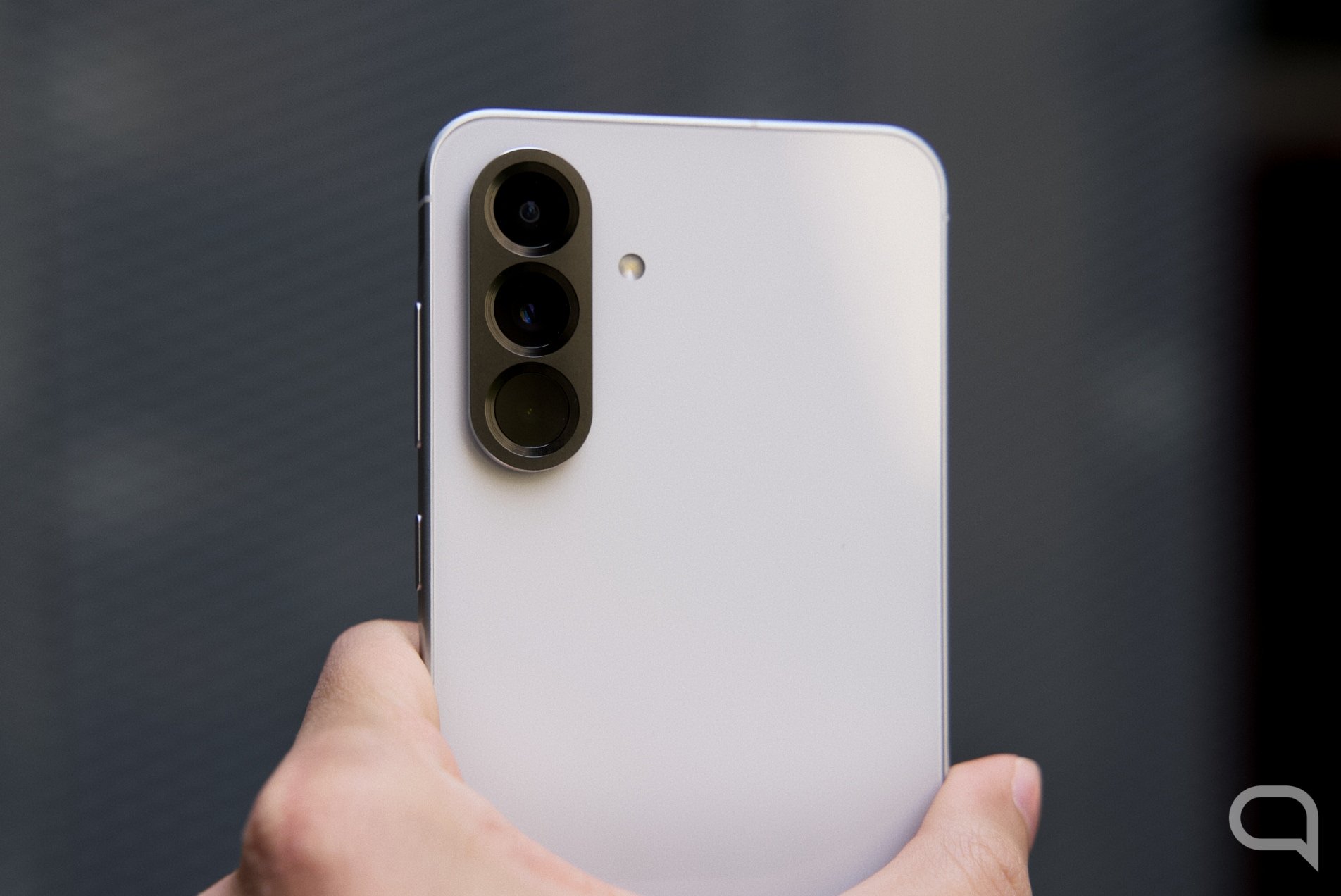macOS Sequoiaor macOS 15— is the 100th version of the official operating system for Apple computers. If you have a MacBook, MacBook Air, MacBook Pro, Mac mini, iMac, Mac Pro, or Mac Studio, you need to update to try the announced news yourself at the beginning of summer. But not all devices Compatibility with Sequoia. If you like Install macOS Sequoia on Old Macs or on compatible Mac computers you have an alternative: OpenCore.
Last year, we told you about OpenCore Legacy Patcher, a free, open-source app that lets you update your older Mac so you have the latest version of macOS. Something that isn’t always possible. Especially on hardware that has more than seven yearsApple does this for several reasons, such as your old mac won’t handle it requirements and news of the new macOS. But where Apple fails to achieve the goal, there is always someone ready to offer a solution.
Along with the launch of macOS Sequoia, those responsible for OpenCore Legacy Patcher announced version 2.0 of their app or patch give a second life to old Mac computers. This version thus allows install macOS Sequoia on unsupported Mac computers. So if you have a Mac between 2008 and 2019 which no longer supports the latest update, see if you can bypass this limitation with this very promising app.
Mac computers compatible with macOS Sequoia
The first thing see if you can Install macOS Sequoia on your Mac. The list was announced after the macOS Sequoia presentation last June. As usual, not all models will be able to take advantage of all the new features. But if your Mac is several years old or older, it can still be officially upgraded to Sequoia. The list is as follows:
Compatible Mac computers with macOS Sequoia:
- iMac 2019 or newer
- iMac Pro 2017 or newer
- Mac Studio 2022 or later
- MacBook Air 2020 or newer
- Mac mini 2018 or newer
- MacBook Pro 2018 or newer
- Mac Pro 2019 or newer
Install macOS Sequoia on Older Macs
As its creators explain, the main goal of OpenCore Legacy Patcher is to “give new life Mac computers no longer supported by Applewhich allows you to install and use macOS Big Sur and later on computers released in 2007.” The project started with Big Sur, but now also supports Monterey, Ventura, Sonoma and finally SequoiaAvailable from September 16, 2024. In short, this app is perfect for installing macOS Sequoia on unsupported Mac computers.
The list of the most notable features includes native OTA updatesthat is, the updates we are accustomed to on any Apple device. Once you install macOS Sequoia or your preferred version, you can update it as it becomes available. minor patches and updates.
Additional Features: Full WPA WiFi support on the latest chipsets, support Protecting System Integrity, FileVault 2, Safe Download .im4m And Jumping. It also supports Safe Mode, System Restore, and Single User Boot. Unblock Sidecar and AirPlay on compatible Macs or not, it lets you manage SATA and NVMe devices from third-party devices and, best of all, offers graphics acceleration on GPUsregardless of whether they are compatible with Metal.
Mac computers compatible with Sequoia and OpenCore
In total, 83 Unsupported Mac Models They will be able to run macOS 15 or macOS Sequoia. Older models will have to make do with previous versions, such as Sonoma or Ventura. This link will take you to the installer and details on some limitations you may encounter. The main thing is that Photos app not working on video cards that are not compatible with Metal.
Compatible Mac computers with macOS Sequoia using Outdated OpenCore patcher 2.0.0:
- MacBook from 2008 to 2019 (MacBook5,x – 10,1)
- MacBook Air from 2008 to 2017 (MacBook Air2.1 – 7.x)
- MacBook Pro from 2008 to 2017 (MacBookPro4.1 – 14.x)
- Mac mini from 2009 to 2017 (Macmini3.1 – 7.1)
- iMac from 2007 to 2018 (iMac7.1 – 18.x)
- Mac Pro 2008 to 2018 (MacPro3.1–6.1)
- Xserve from 2008 to 2010 (Xserve2.1 – 3.1)
How OpenCore Legacy Patcher Works
OpenCore Legacy Patcher is very easy to use, considering how difficult it is to make older Macs compatible. So, if you want to Install macOS Sequoia on Unsupported MacsThis is the most practical solution. Before doing anything, you need to check, depending on your Mac model, to what extent you will be able to enjoy macOS Sequoia. This supported models page will tell you if there are any issues or inconveniences you should be aware of before you get started.
Other steps that aren’t mentioned in the OpenCore guide but are very important include making sure you have enough space on your Mac. Keep in mind that you will need a minimum of free space to install macOS. The good news is that we will install it from a USB drive. On the other hand, it is convenient make a backup copy contents of your drive. To prevent something from going wrong and us deleting files that we will miss later. Better to prevent. Save this backup to an external drive. Just in case.
Once you have cleared all your doubts, you can download the app to in turn “download and install macOS installers”. And thus install macOS Sequoia on older Mac computers. For this, you will need 32GB flash drive or USB stick. This is for Sequoia. For older versions of macOS, you may want to consider the 16GB extension. We are going to download the macOS installer to this USB drive. To do this, download OpenCore Legacy Patcher, open the app, and click Create a macOS installer. Then click Download the MacOS installer. You will see a list of available installers. Select the version you prefer. Finally, you will need to select the installer you downloaded, select the USB drive to put the installer on, and wait for OpenCore to do its part.
Installation step by step with OpenCore
Now that we have a USB drive with the macOS Sequoia or earlier installer, we go back to OpenCore Legacy Patcher and click Building and installing OpenCore. The app will install everything needed to run a macOS installation on your old Mac. Something that would not normally happen.
Once you’ve finished installing patches for your Mac, the wizard will give you the option Install to disk. It will also ask you to choose which drive to install it on. Select the main drive. Once complete, you can reboot your Mac if the wizard does not do so. When your Mac turns on, remember hold down the Option key to see the boot menu. This way you can choose Install macOS Sequoia instead of the default option. Follow the instructions in the macOS installer.
When it’s finished, it will restart again. Now We only have one step leftBy default, you will need a USB to boot macOS. but you can change your shoe. To do this, you will have to open the OpenCore Legacy Patcher app again and follow the steps we saw earlier after clicking Building and installing OpenCore. But instead of installing on a flash drive, we’ll choose the main drive. Then you just need to reboot your Mac, hold the select button to see the EFI menu and select the primary disk to boot from by default.
If you have any questions about this process, it’s best to take the time to review the official documentation. So you will avoid surprises or unexpected problems. However, we are talking about a Mac that you have given up on or no longer use because you cannot update it. So trying your luck with OpenCore Legacy Patcher should not be a problem. A special case is when you want to install it on your main Mac. In this case, any caution is not enough.
Source: Hiper Textual
I’m Ben Stock, a highly experienced and passionate journalist with a career in the news industry spanning more than 10 years. I specialize in writing content for websites, including researching and interviewing sources to produce engaging articles. My current role is as an author at Gadget Onus, where I mainly cover the mobile section.














